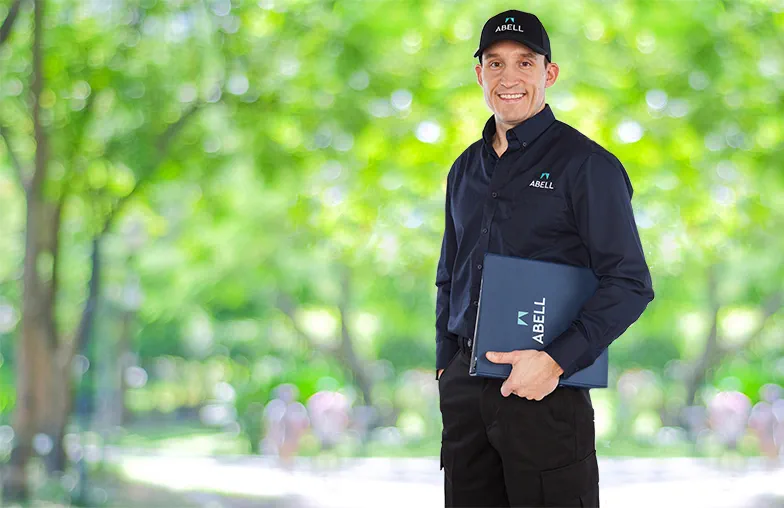The boxelder bug frequently becomes a nuisance pest around homes and buildings near the plantings of the boxelder, predominantly female trees (seed-bearing). Adult boxelder bugs can enter homes through cracks and crevices around the house or building to secure a protected, over-wintering site.
Inside, their fecal material may cause a red stain and cause discolouration on curtains, furniture, clothes, and other places they rest. When crushed, they emit an unpleasant odour.
Boxelder bugs are named after the boxelder trees they feed and lay eggs during the warmer months. They become a nuisance when they seek shelter in the winter months in homes and other structures.
Boxelder bugs are black with reddish or orange lines on their back. Their body shape is flattened and elongated about 11 to 14 mm (1/2 an inch) long. They have six legs and two antennae. Nymphs are similar in appearance to the adults but lack wings, are a brighter red, and are smaller in size.
Overwintering adults emerge from structures in the spring when the buds from boxelder trees open. This usually occurs in April or May depending on the location. These insects feed on fallen boxelder seeds in the summer and later move to the trees to feed on newly formed leaves. Feeding only occurs on the seed-bearing female trees. They can feed on other species such as maples and fruit trees. When cooler weather sets in, boxelder bugs collect on the southside of structures for warmth. Then the migration into the void spaces of structures occurs for the overwintering until spring.
After winter, adults emerge from structures and their hibernation. Females lay clusters of light brown to yellow eggs on vegetation, rocks, and mainly tree bark cracks and crevices. Eggs hatch in approximately two weeks. Nymphs begin to feed on boxelder seeds and new leaves of the trees. They will also occasionally feed on the fruits of plum and apple trees.
Nymphs molt five times before becoming adults mid-summer. In warmer areas, there may be two generations per year.
Is the boxelder bugs hazardous to humans?
No, this insect is more a nuisance than a hazard to people and their structures/homes.
What causes a boxelder bug infestion?
Presence of boxelder trees and other seed bearing trees such as fruit and some maples.
How can I prevent an infestion?
Exclusion is the best prevention for overwintering boxelder bugs seeking shelter inside structures. Seal up entry points around structures such as windows, doors and roof lines.
How do I remove a boxelder infestion?
Physical control such as vacuuming adults found inside is best. If pesticides are required, contact a licensed pest management professional for the best approach/application.

If you are not satisfied with the services provided to you within the guarantee period, you will receive a Full Money Back Refund *Terms and Conditions apply